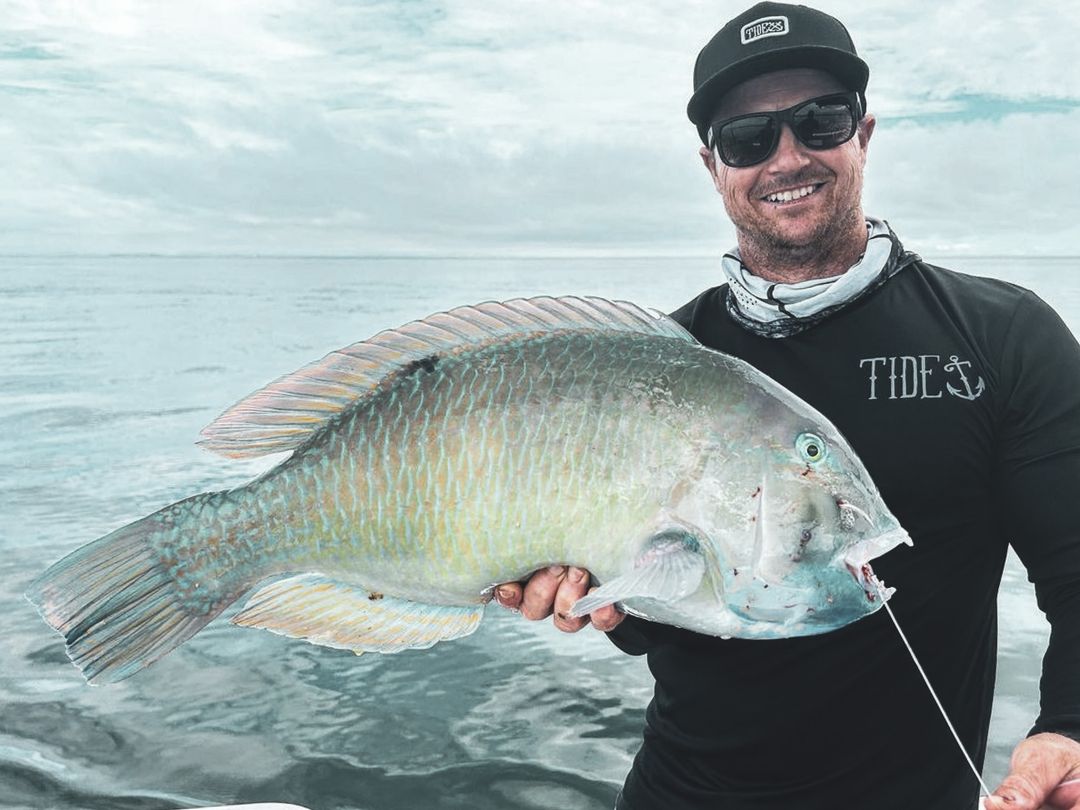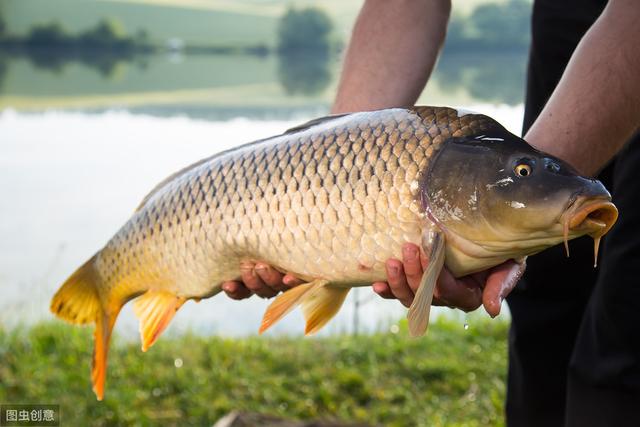Fishing season, a concept that varies significantly around the globe and within different regions of individual countries, is an essential consideration for anglers and fisheries management alike. The timing of fishing seasons is primarily determined by ecological factors, conservation efforts, and the reproductive cycles of fish species, ensuring sustainable practices to maintain healthy aquatic ecosystems.

Introduction to Fishing Seasons In many parts of the world, fishing seasons are established and regulated by local or national authorities. These regulations serve multiple purposes: they protect fish populations during critical spawning periods, allow juveniles time to grow, and prevent overfishing. Understanding when fishing season begins and ends is crucial for anglers who wish to adhere to the law while enjoying their sport, as well as for commercial fishermen who rely on predictable harvest windows for their livelihoods.
Seasonal Variations The specifics of fishing seasons can change from year to year due to fluctuations in environmental conditions and ongoing scientific research into fish stocks. For instance, freshwater fishing seasons may coincide with seasonal changes, often opening in spring when water temperatures rise and fish become more active, and closing during winter months to minimize stress on cold-water species or when breeding occurs.
In coastal areas, fishing seasons might be divided based on migratory patterns of fish such as salmon or tuna, or according to the health and abundance of reef systems and shellfish populations. Saltwater fishing seasons also take into account regional weather patterns like monsoons and hurricanes that could impact both marine life and human safety.

Regulatory Considerations Each jurisdiction has its own set of rules dictating fishing seasons. In the United States, for example, state wildlife agencies establish seasons for inland lakes and rivers, whereas federal agencies regulate oceanic and interstate waters. Similarly, European Union member states implement Common Fisheries Policy guidelines that dictate when and how much fish can be caught within their Exclusive Economic Zones.
Types of Fishing Seasonality
- Sport Fishing: This type of fishing often has specific catch-and-release periods and size limits alongside open seasons. Catching certain trophy fish may be allowed only during designated months to ensure protection during vulnerable stages.
- Commercial Fishing: Commercial seasons typically reflect peak times when target species are most abundant, but strict quotas and length of seasons are implemented to avoid depletion of resources.
- Recreational Charter Fishing: Similar to sport fishing, recreational charters must operate within specified seasons. However, they may have additional considerations regarding tourism schedules and public demand.
- Cultural or Traditional Practices: Some indigenous communities observe fishing seasons based on traditional knowledge passed down through generations, which may differ from government-imposed regulations.

Conclusion Ultimately, the question “when is fishing season?” does not have a universal answer. It depends greatly on where one intends to fish, what species are targeted, and the prevailing management strategies in place. To determine the exact fishing season dates, it’s imperative to consult local fishing regulations and stay informed about updates and changes. These regulations are key components of responsible angling, promoting the sustainability of our shared aquatic resources for future generations to enjoy.